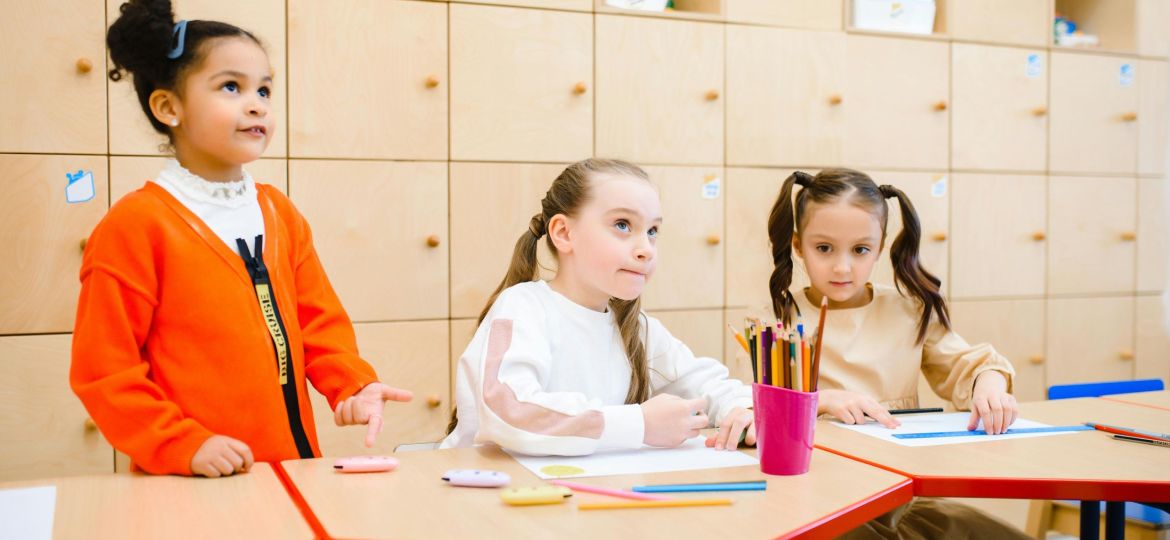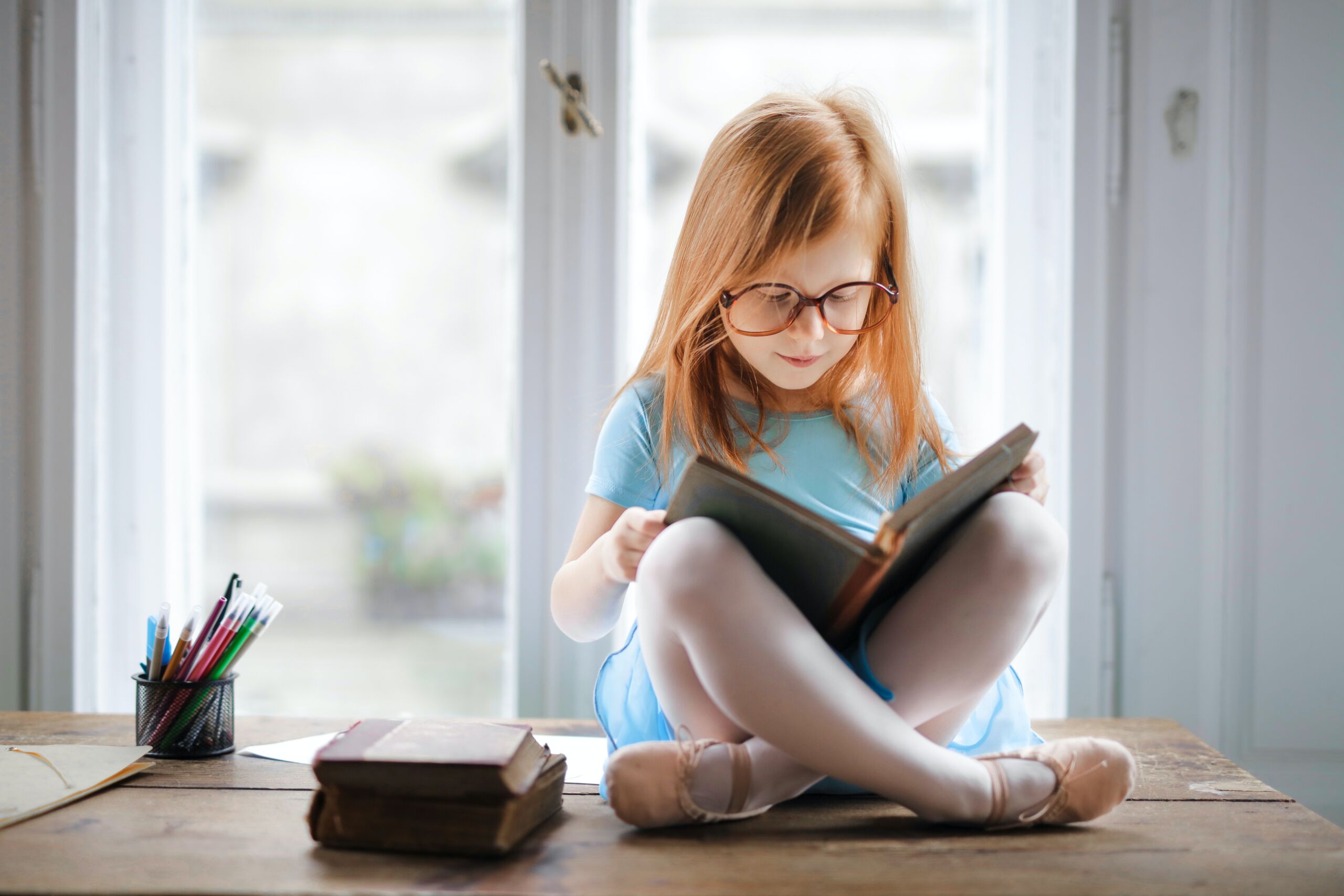
FH Summary: This is the second of our series of six posts that dive into First Habit’s most important concepts. Proper breathing technique (nasal breathing and slow, regulated breaths) is the bedrock of your children’s wellbeing and we wrote a lengthy blog post on this topic here. Teaching children mindful breathing is a foundational habit that helps regulate emotions, reduce stress, and improve focus. By incorporating breathing exercises into daily routines, children can develop a strong sense of emotional control and enhance their cognitive development. This simple yet powerful habit sets the stage for an upward spiral of positive growth that will benefit them throughout their lives.
As parents, we’re always looking for ways to help our children thrive. One of the most impactful, yet often overlooked, habits we can teach our children is the simple act of breathing. Not just breathing to survive – but mindful, deep breathing – a tool that has profound effects on emotional regulation, concentration, and overall wellbeing.
Breathing is the foundation upon which other habits are built. Just like teaching a child to brush their teeth or keep their toys organized, teaching them to breathe deeply and consciously can create an upward spiral in their development. This blog will explore why teaching good breathing habits to young children is essential and how it can be the key to unlocking their emotional and cognitive potential.
Breathing: The Foundation of Good Habits
When we think of habits, most of us imagine external actions like cleaning up or sticking to a bedtime routine. But the most important habit might just be something internal – the habit of mindful breathing. Teaching children how to control their breathing has a ripple effect on their overall development. Breathing properly helps regulate the body’s stress response, leading to a calmer, more focused state of mind. Breathing also helps address early childhood issues such as:
§ Obesity
§ Sleep apnea
§ Asthma
§ Cardiovascular disease
§ ADHD
Dr. Belisa Vranich, a leading expert in the field of breathing techniques, emphasizes that “the way you breathe, and when you add the breath, is the connection between the mind and body.”1 For children, learning to breathe properly equips them with the ability to manage emotions, reduce anxiety, and improve concentration. Proper breathing also improves your child’s sleep and reduces susceptibility to asthma which can have large ripple effects on their ability to concentrate in class and perform physical activity. It’s not just a habit; it’s a skill that will serve them throughout their lives.
The Upward Spiral: How Breathing Shapes Development
Teaching children mindful breathing can set off a chain reaction of positive development. When children are calm and centered, they’re better able to focus on tasks, listen to instructions, and interact socially in a positive way. This is what we call an upward spiral – where a single good habit, such as proper breathing, creates a cascade of positive outcomes.
For example, a child who practices mindful breathing may have an easier time staying focused during school or calming themselves during stressful situations. As they grow older, these skills translate into better academic performance, stronger relationships, and improved problem-solving abilities. Simply put, breathing forms the foundation for the development of many other important life skills.
How Breathing Helps Regulate Emotions
One of the greatest benefits of teaching breathing as a habit is its power to help children regulate their emotions. Emotional regulation is a crucial skill for young children, especially during those moments when they feel overwhelmed by frustration, fear, or anger. Teaching your child to stop, take a deep breath, and refocus is like giving them a tool to pause and reset their emotions.
A simple breathing exercise – such as taking deep breaths in through the nose, holding for a count of five, and exhaling slowly – can make a huge difference in how a child reacts to stressful situations. Numerous studies show that mindful breathing activates the parasympathetic nervous system, which calms the body and lowers the heart rate.2 This gives children the space to think more clearly and respond thoughtfully rather than impulsively.
Building a Breathing Habit for Children
Building a habit of mindful breathing is just as important as establishing routines like brushing teeth or reading before bed. Here’s how to help your child develop this foundational habit:
§ Model the Behavior: Children are more likely to adopt breathing practices if they see you doing them. The next time you’re feeling overwhelmed or stressed, show your child how you pause, breathe deeply, and refocus. Explain why it helps you feel better and encourage them to do the same.
§ Incorporate Breathing into Daily Routines: Make mindful breathing a part of your child’s daily life. Before bed, during quiet time, or after a particularly busy or stressful moment, guide them through a short breathing exercise. By practicing regularly, they’ll begin to rely on it naturally.
§ Create a Calm Space for Breathing: Designate a calm, peaceful area in your home where your child can go to practice their breathing when they need to calm down. This could be a small nook with comfortable pillows and soft lighting—a space just for them to breathe and reset.
§ Turn Breathing into a Game: Children learn best when they’re having fun. Turn mindful breathing into a game where your child pretends to blow up a balloon or smell a flower. Making it playful will engage them and help them connect with the practice.
§ Use Technology: There are various apps and tools designed to teach children mindful breathing techniques. You could use animations or guided meditations specifically tailored to younger audiences, which can help make breathing exercises more engaging.
Research-Backed Benefits of Breathing for Children
Research has long supported the positive effects of mindful breathing on mental health and cognitive performance. Studies published in the journal Mindfulness show that children who engage in regular mindful breathing exercises experience reduced symptoms of anxiety, improved focus, and better emotional control.3 Furthermore, teaching children proper breathing techniques has been linked to better academic performance and enhanced social interactions, as children learn to manage their emotional responses more effectively.
Breathing is a built-in stress management tool, and it’s available to us at any time.4 For children, learning how to use this tool early can set them on a path toward better emotional and physical health throughout their lives.
Conclusion: Breathing as the Foundation of Success
Teaching children to breathe deeply, nasally and mindfully may seem like a small thing, but it’s a powerful habit that can shape their entire future. By incorporating breathing into your child’s daily routine, you’re giving them the tools to manage stress, improve sleep, and focus their mind – skills that will serve them for a lifetime.
At First Habits, we believe that teaching children foundational habits like mindful breathing is one of the greatest gifts you can give them. Sign up for our newsletter to learn more about how to build these critical habits in your child’s life and set them on a path of positive development.
References:
1 link
2 link
3 link
4 link
















